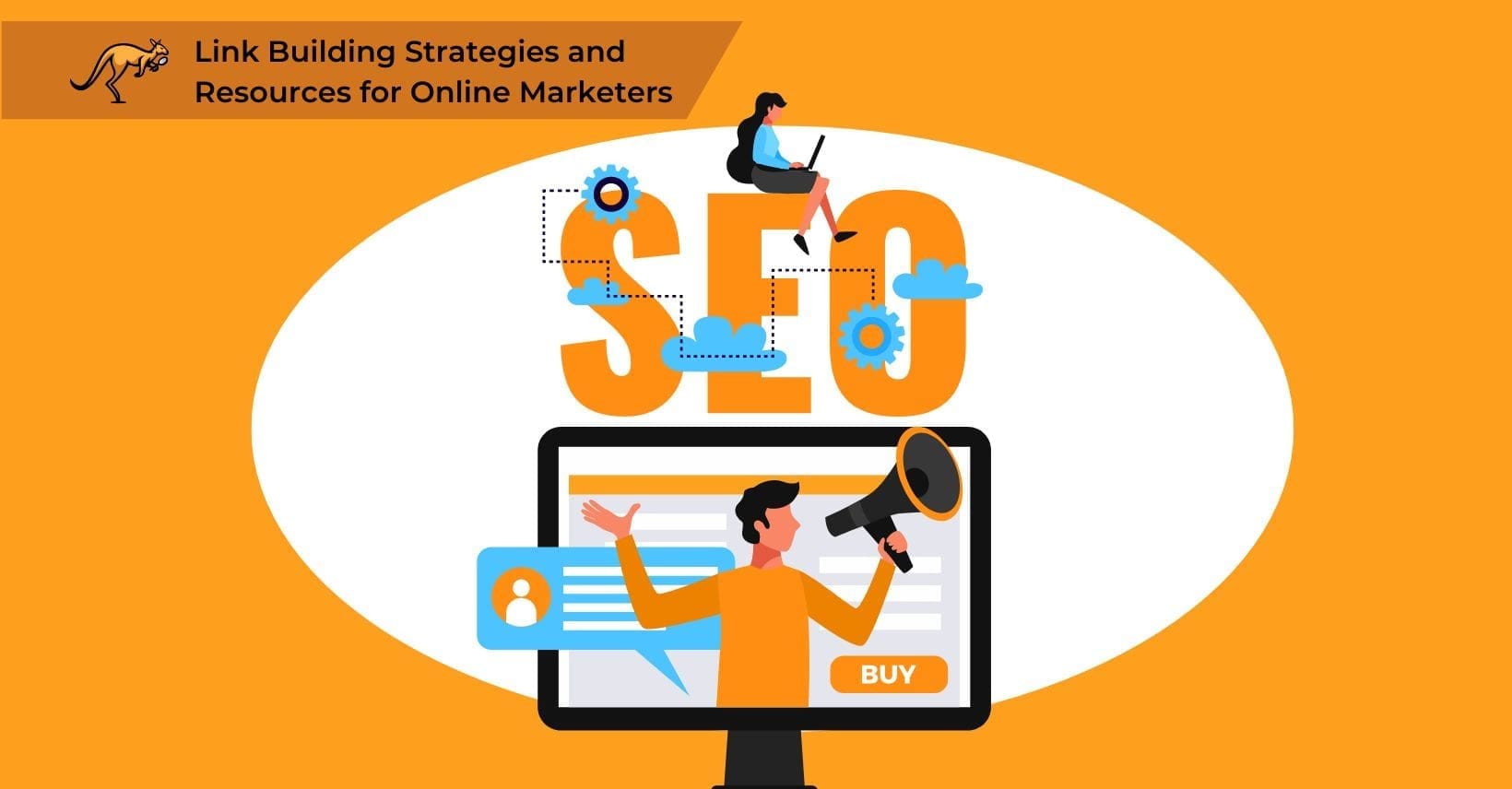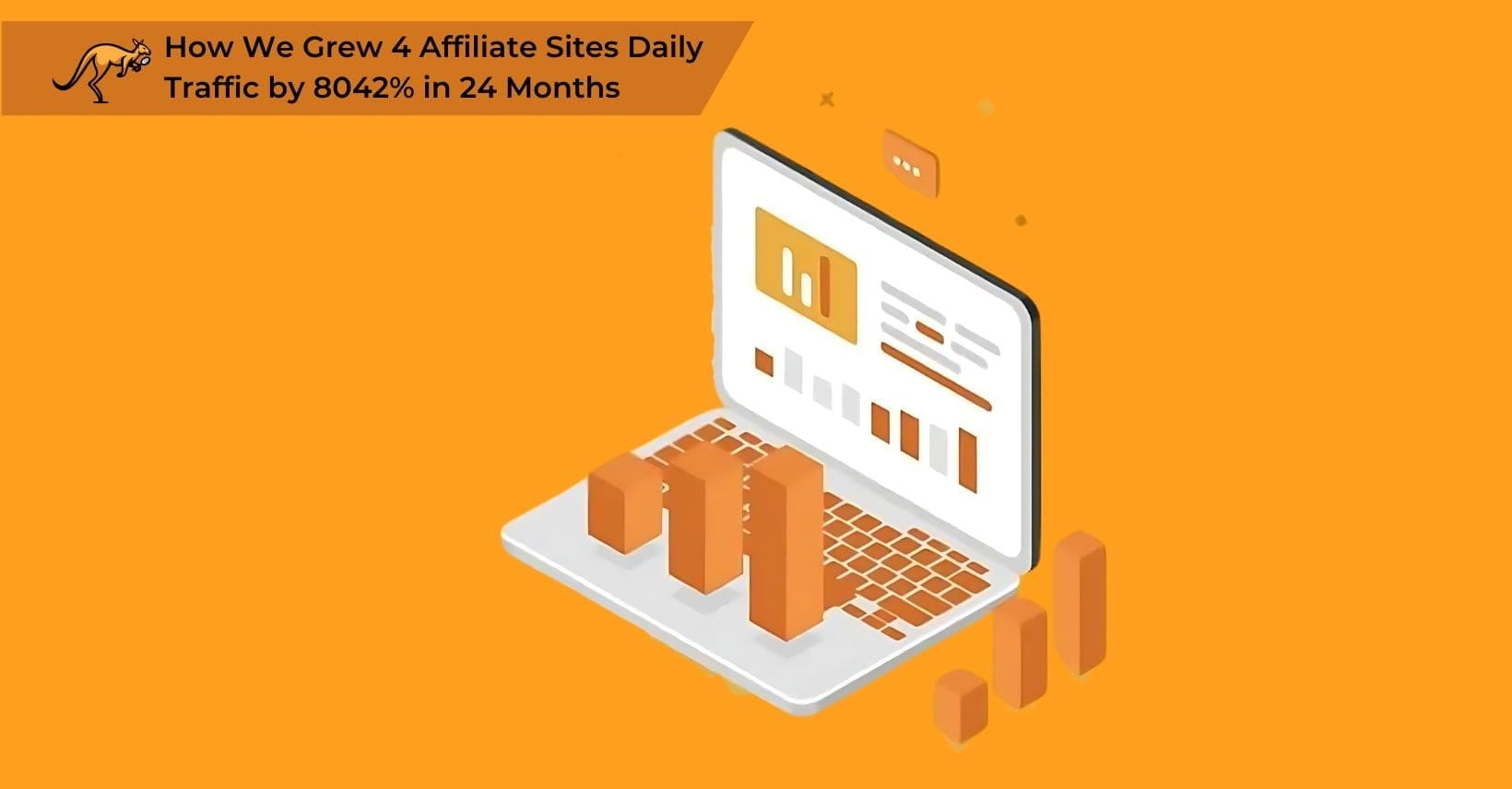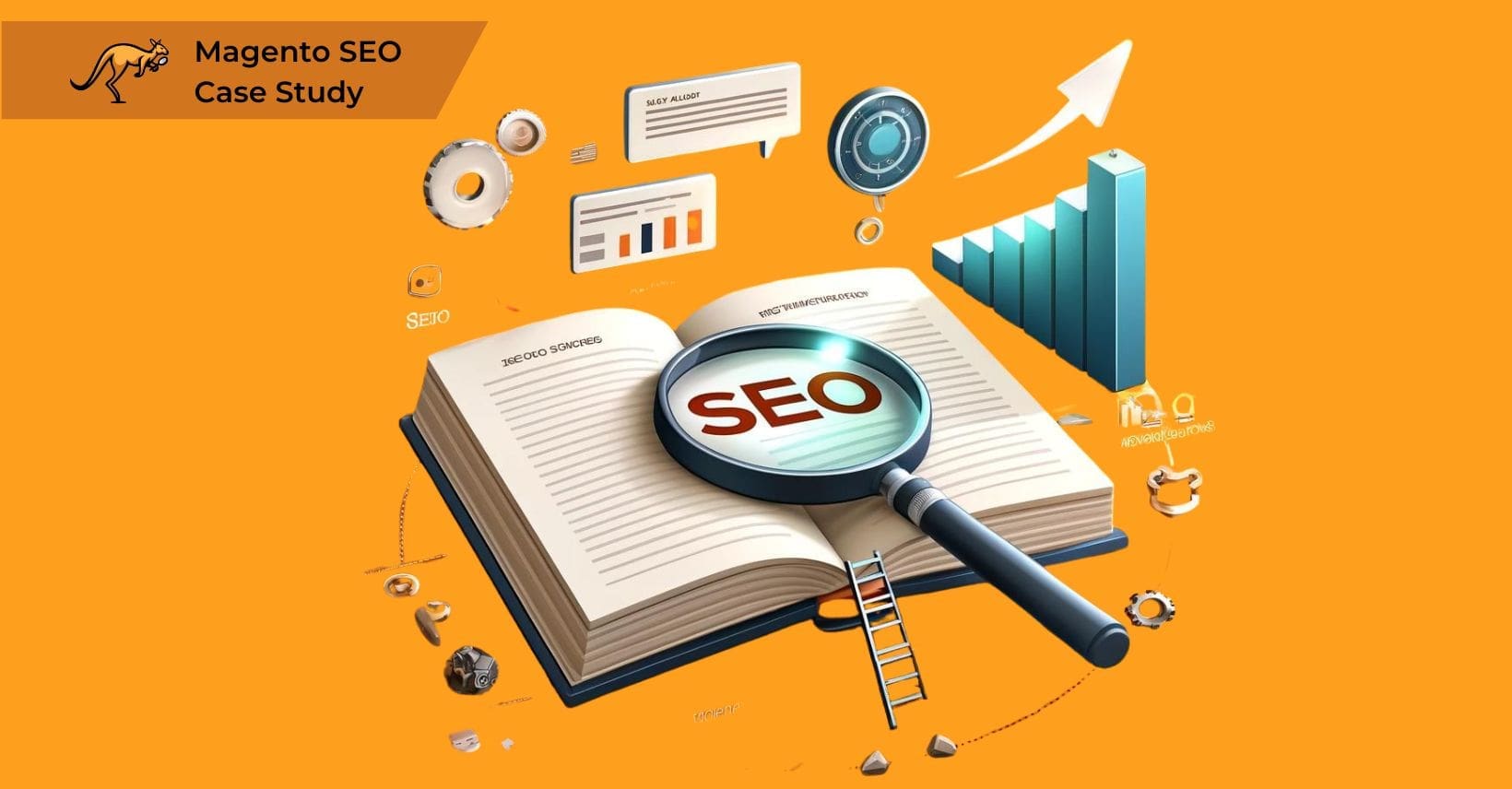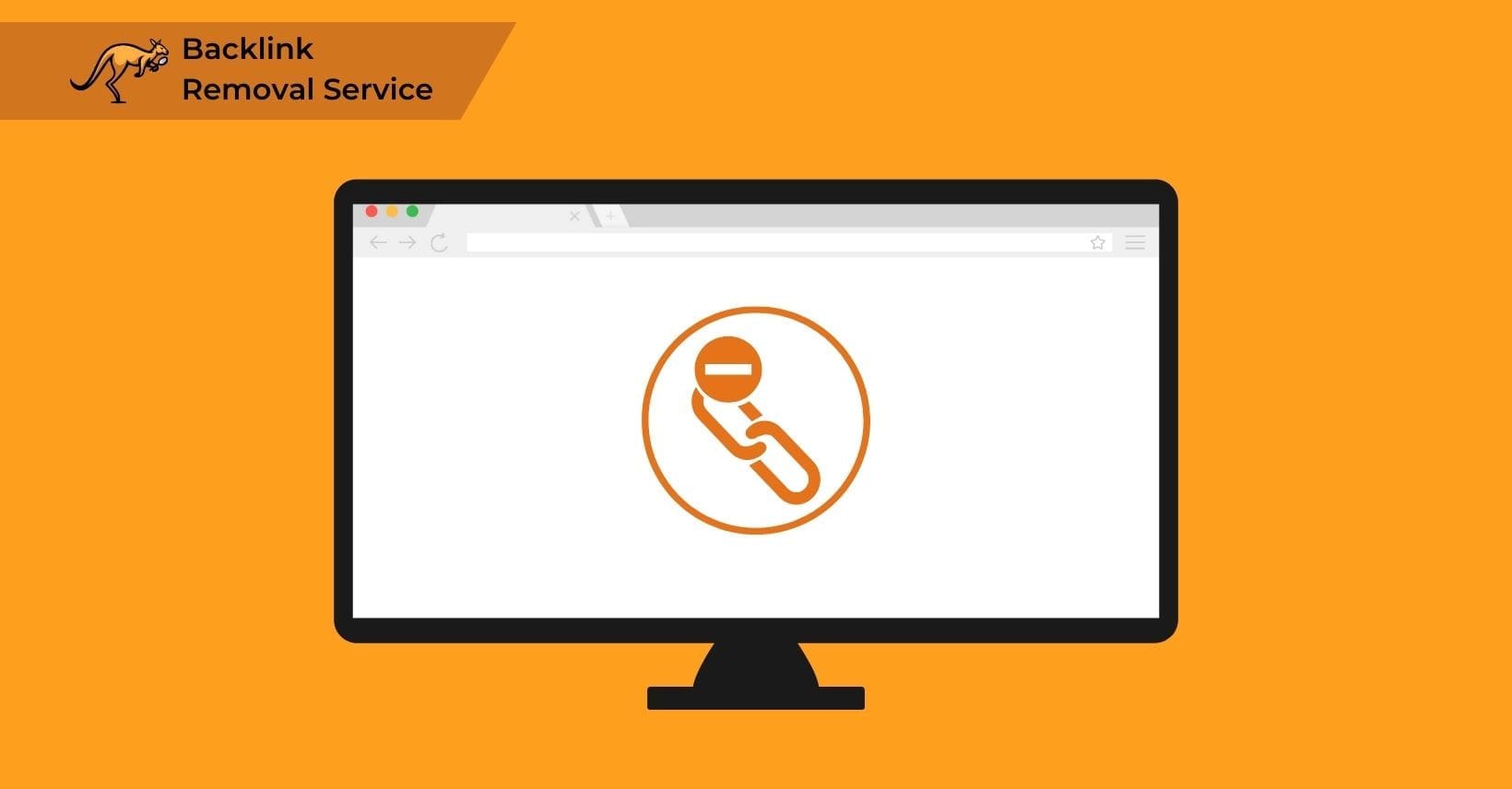Link building is one of the most important factors in all of online marketing, but that does not make it easy. Hundreds of thousands of marketers have spent years trying to come up with their perfect link building strategies, all targeting different things for different site owners and content niches.
However, having a link building strategy of your own is important. Without some kind of framework to keep yourself focused on getting the right inbound links relevant to your niche, you may as well not be trying link building at all. But which link building tactic is right for you, and which are not right for your website?
Here are some of the most powerful, incredible, or outright effective link building strategies used by marketers right now, as well as some ways that you can tweak them to suit almost any kind of content.
Why is Link Building Important?
Link building, at its most basic level, is a way of getting more links pointing towards your website. You are not only attracting more attention but the power behind those links, which can benefit your own content and help boost your rankings across various search engines.
But how does Link Building elevate your SEO strategy, exactly? If you did not already know, links pointing at another page generally carry authority, also known as “link juice” or countless other colloquial names. This is like a measuring stick of how much sway a website has and increases the chance of it appearing in relevant search engine results.
In the simplest possible terms, link building allows sites to appear more easily for relevant content and searches, increasing the chance of an interested audience finding them. It also creates more links pointing back to the target website, which can draw in traffic and drive more sales or raise awareness.
Without link building strategies, a website has to rely entirely on its own content rather than the links from other websites. This can definitely be done, but it is a lot harder, does not offer anything special, and can stifle a website’s growth in terms of traffic and users.
The Top 22 Link Building Strategies for SEO’s
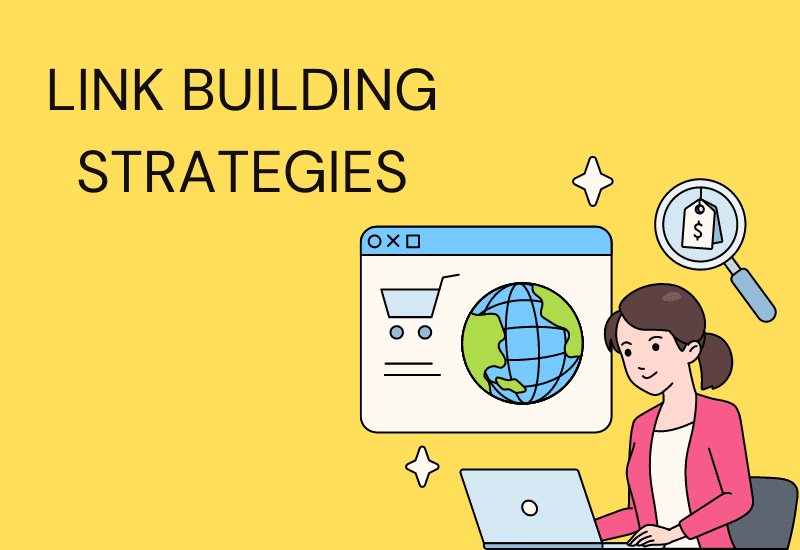
Link building strategies are important. While engaging in a link building campaign with no plan can sometimes work, you want to have at least a rough idea of what you are aiming for and how you are going to achieve it. Not all link opportunities are good things, and some can backfire heavily on you.
Below are 22 of the most reliable link-building strategies commonly practised by marketing experts, as well as some breakdowns of how they can help and why they might be worth using. Remember that they are not exclusive: a lot of them work well together as part of a larger campaign.
Instead of pursuing risky black hat forum links, focus on legitimate strategies like creating valuable resource pages, building relationships with industry influencers, and participating in HARO opportunities. These white hat alternatives generate sustainable authority without the constant fear of penalties, while establishing your brand as a trustworthy industry resource rather than a manipulative competitor.
1) Strategic Guest Blogging
Guest blogging used to be a powerhouse for building links from relevant websites, but most search engines have realised that it was too powerful. On its own, guest blogging is not going to do very much, especially if you add a new guest post every day and dilute your site’s link profile.
Not only are many blogging sites now part of a larger company that will not buckle to a guest post offer, but you are also not as likely to get direct traffic unless your business is a core focus of the post itself. Guest posting has suffered in some ways but has become much more powerful in others.
How to use a guest blog post
Guest posting is not as good on a larger scale, but it can still have a place in your link portfolio. Instead of targeting larger blogs for your link-building efforts, you should focus on smaller relevant sites that fit into your exact niche. The more specific you can get with a guest blog post, the better.
The site should be relevant, authoritative, and have some direct connection with your own. Do keywords match your own? Do they talk about the kinds of products that you offer? Are they name-dropping to some of the same sites that you are competing against? Buy links where it helps most.
This can go for any guest post niche. Financial sites should not try to get guest posts on major media sites but smaller, more defined finance tip blogs. Even something quite vague, like sports equipment, works better if you target guest blogging opportunities about specific types of products you offer.
2) Niche Edit Link Building
You will often find broken links on old content. A dead link has no value – it does not go to a usable website and offers no benefit to anybody else. However, you can turn this broken backlink to your advantage through broken link building, also known as niche edits.
How to use niche edits
Contacting a site owner and informing them of broken links allows you to offer something special: you pay them, and they replace the broken backlinks with links to your site instead. This ‘fixes’ the broken link by redirecting it away from other websites that no longer exist, transferring their authority to you.
This is not always a viable option, but if you have (or create) content that matches the topic in question, then all the broken links might fit if they link to your website. You get the domain authority, but it is not technically guest blogging since the content already existed.
This saves you having to earn links directly and can be a great link building tactic for older content that often gets overlooked by the site owners.
3) Infographic Link Building
Creating useful content that can be shared around has always been an effective tactic for building links, and infographics are no exception. Getting other sites to naturally link back to your own through good content is a very smart – and reliable – way of building up healthy link profiles.
How to use niche infographics
Creating and promoting your own infographics about a particular topic in your niche can often lead to several high-quality links coming back. Unlike guest blogging, you are not paying to appear on other people’s web pages – they are leaving links to your website of their own volition.
All the sites that link to you will likely use follow links, meaning that you get a share of their page authority for nothing but creating an image. These relevant links lead to a huge boost in your overall rankings, and if you go viral on social media, you might also see major traffic increases.
This is a lot easier than creating high-quality content that nobody will ever see. If you want to be sneaky, tie it into a popular television show or franchise and wait for it to be shared all over the internet by dedicated fans.
4) Social Media Presence
Utilising your social media presence as a link building strategy can be a deceptively powerful option, especially if you already have a decent amount of organic traffic on social media. Like infographics, you can promote things that you have created, reaching out to a target audience that wants to share them.
How to use your social media account
However, this is not about the social media platform itself. If you can get people interested in your own site – visiting web pages that they normally would not, sharing content they would never have found on their own – then you can gather a few links with each couple of posts.
This might not be as reliable as some other link building strategies, but it still works incredibly well. Instead of posting some likely-to-be-popular content directly on social media, post teasers and keep the full thing on your website, then watch as you see sites linking to your page directly.
5) Resource Links From Trusted Sites
A resource page is any page that has a lot of information on a specific topic, usually combining a lot of facts into one place.
These are great for people who need help in that field, but resource pages are also a great way to create links on your own terms.
How to use a resource page
Building a resource page is not hard – decide on a subject relevant to your general target audience, write up an in-depth set of resources on one web page, and then wait for other site owners to stumble across it.
Let’s say you are in the pet care business. You could take a lot of information about pet sickness symptoms, combine it all, create a single major page that hosts it, and then wait for other sites to begin linking to it.
Not only do you get the authority, but the trustworthy referring domains might draw in people who desperately need the services that you offer, increasing the chance of them heading straight to you instead of a competitor. On top of that, it makes your site appear more trustworthy by proxy.
6) Broken Links Strategy
Niche edits are not the only way to broken links – they can also be valuable all on their own, especially if you have content ready to post but no reason to use it yet. If links point to a broken site, then owners want to fix them as soon as possible.
How to use broken link building
Before you approach a blog owner about a broken link, it is often a good idea to consider what the links are.
If they are valuable links that would also add a lot of value to the reader (like important information about some serious issue), then the owner would naturally want to keep them updated. This means that you can create your own content to fill in the holes left by the original website’s shutdown or redesign.
For example, if you run an accounting business and find a broken link about tax assistance, then you can re-write your own version of that content on your own website. Then, you simply approach the blog and offer to replace the broken link with your own content instead.
7) Recycle Expired Domains
Domains often end up expiring if somebody stops taking care of them, and that allows you to do some very clever things with the closing website if you are fast enough. While risky, they can easily boost your own search engine rankings in the right circumstances.
How to use expired domains
When a domain expires, it goes up for auction, allowing anybody to buy it. Some of these domains might have been able to attract links of their own, and when that site shuts down, all of those links will break if the website closes.
Instead of buying links (which is risky and often results in a penalty), you can buy a domain that just happens to have a lot of referring domains linking back to it, then turn it into your own blog.
From there, you can link to your main site again, giving you another inbound link while using that domain as a middleman. Just remember to keep the new content relevant to both the link sources and your main site to get the most value from the domain.
8) Replicate The Best Links From Your Competitors
Your competitors are the people who are most likely to try and build quality links in your niche, but that is not a bad thing. Your competitors’ backlinks can be like a checklist for you if you handle them in the right way.
How to use competitor backlinks
Link building is very visible. There are countless tools that allow you to spy on another site and look at their own backlinks, picking out any valuable linking page you can find.
This kind of spying lets you figure out their link building strategy and get some ideas of which sites might be worth approaching yourself. Depending on how many links they have, you could even build an entirely new campaign out of their backlinks.
This is a great way to build links on sites that you overlooked or in niches that you did not consider. There is no penalty for getting more links from the same site as a competitor has.
9) Keep Track of Your Backlinks
Your own backlinks are important, and while you can’t track all the inbound links that you get, the more valuable ones deserve your attention.
How to use your existing backlinks
Existing backlinks can sometimes vanish or become less relevant over time, and regaining them is important. While some sites may decide to remove your link and refuse to add another one, it is often because content and pages have changed.
If you are losing some of your backlinks or they are becoming less relevant over time, contact the site and see if you can get them changed or added in a different way. This won’t always work, but even if it costs you a little more money, it can help you get much stronger links from the same site.
10) Improve Your Content and the Backlinks Will Follow
Sometimes the most obvious answer is the best – if you make better content that people are going to find, then the backlinks will begin to pile up over time and draw more attention to your website. You just need to know what to target and how to do it best.
How to improve your content
There is not a single way to boost your content, but in terms of links, the best thing you can do is simply try to increase the quality and relevance of each page that you want links to.
Perhaps some of your content is not specific or detailed enough for the niche that you are aiming for, or you are not getting the right kind of information down to make it worth linking to. There is also a chance that people simply are not finding it.
Promoting your content is a whole other subject, but in terms of quality, there is no reason to not go back and re-write content that is sub-par. This can give you more links and offer up more traffic, all while improving the overall quality of that page for only a small amount of effort.
11) Link Reclamation
If you lost a backlink, then you will probably want it back. Link reclamation is the process of finding your old lost links and getting them back to keep your link profile healthy.
How to reclaim links
Reclaiming links is simple – find out which of your links are missing or broken, approach the website owner and figure out a way to get them back.
Sometimes, links break because a site changes its content or replaces a page – if you paid for the link, you can usually just ask for a new one. If they intentionally removed it, then you might not have as much of a chance to get it back, but it is worth trying anyway.
Non-paid links are harder since the owner may not realise that you are getting any benefit out of it. However, approaching them in the right way can still help you secure another link, perhaps even a more powerful and relevant link than the one you already had.
12) Editorial Links
Editorial links are organic links gained from having content that people want to link to, either as a source of information or as entertainment. These can be hard to pull off, but when you get them, they can be incredibly useful.
How to use editorial links
Editorial links often come from having content that another site wants to reference somehow, like a statistic or a piece of entertaining/educational content.
Taking advantage of this might require some extra work since you’ll have to create content that others are planning to use. Some of the most common are writing informational articles or creating pieces of content that are likely to go viral and get mentioned on major websites.
Pulling this off isn’t easy, but if it happens, you’ll get an influx of organic links and organic traffic that’s interested in that sort of content. If it’s relevant to your company and brand, then many of them could end up being customers.
13) Build relationships With Influencers
Influencers are a good source of links, especially if they run multiple different websites. However, you’re not going to get links from them without money, a relationship with them, or both.
How to use influencers
Influencers want to earn money from their work, and that often means that they’ll take paid sponsorships. However, building up a good relationship with them can often lead to extremely good results, especially if you’re worried about them removing links in their content later on.
The more you can keep an influencer engaged with your brand, the easier it becomes to rely on them for links in the future. While multiple links from the same source won’t help with search engine optimization, it can still build traffic and stop them from removing the links later on.
How you use influencers depends on your brand, but in terms of link schemes, they can be a great option for appealing to an audience that you can’t reach yourself. You just need to find an influencer that matches your general brand and goals.
14) Utilise Internal Linking
Internal links aren’t going to spread the same benefits as link building from other websites, but they still have many uses if you’re clever.
How to use internal links
Internal links, even between your own blog posts, can help spread link equity – general link power – and increase the ranking potential of each page. This might not be a major difference, but it still matters if you’re desperate for higher rankings.
Internal links also help direct the flow of website traffic and SEO spiders, meaning that you can try to funnel people towards content that they’re likely to share or link to themselves.
Most importantly, internal links allow people to navigate your website. Somebody may visit your site for only one page, but an intriguing link could get them to explore your other pages and potentially make a purchase.
15) Forum Link Building
Forum link building can be effective when done ethically, though many black hat forums exist specifically for trading manipulative links. Forums such as BlackHatWorld, Digital Point, and SEOClerks host discussions about aggressive link building tactics, though participating in these communities puts websites at significant risk of search engine penalties. Legitimate forum participation focuses on adding value through expertise rather than merely dropping links.
Placing high-quality links on forums that are about a subject relevant to your business not only gathers traffic but gives you plenty of domain authority from a site that’s all about a relevant matter.
This makes it very easy to get exact match anchor text, too, since the forum is highly relevant. You may even be able to build relationships and sponsorships with the forum if you match their niche perfectly.
Links acquired through black hat forums typically include profile links, signature links, contextual links in posts, and private blog network connections. These links often use over-optimized anchor text and come from irrelevant or low-quality domains with suspicious link profiles themselves. Search engines have become increasingly sophisticated at identifying these artificial link patterns and devaluing or penalizing sites that rely on them.
16) Local SEO Link Building
While many customers may buy from you outside of your local area, local SEO is still a great option for getting more and more attention with very little effort.
Your local area likely has a lot of locally-specific online publications and blogs, ranging from ones discussing your town or city to people who simply blog about life in your part of the world. Their close proximity makes them likely to mention you by name or even link to you.
Standing out in your local space helps, but so does approaching these local bloggers and websites with offers of partnerships, paid links, or other link building strategies. If you can get them to link to you, then the link will likely stay since it’ll always be relevant to people living in your area.
Proximity doesn’t negatively impact links – it doesn’t matter if the website comes from a blogger who lives on the same street as you. You’ll get the full benefit regardless.
17) HARO Link Building
HARO, or Help A Reporter Out, is a free service that offers sources to journalists. You can place your own websites, pages, or blog posts on there to act as a source, offering plenty of ways to get new links.
HARO is used by actual journalists, so having decent resource pages or informative blog posts can give you a way to get links on major publication websites that normally wouldn’t accept guest posts. With the right content, you might even be used as a source repeatedly by multiple sites.
However, the journalists have to come to you. They won’t use your site unless it’s a decent source, making this a great option for sites that already contain a lot of useful, informative and professionally-written content.
18) Citation Link Building
Citations are direct references to your business name, helping you build authority without necessarily gaining any more traffic. As the name suggests, they’re literal content citations, giving credit to your site for using your content or information.
This can work really well if your site contains a lot of information, infographics, and even video content that you allow journalists and other sites to use.
Their citations can heavily benefit your own site without you having to do any extra work – you just need to host content that they will want to use for something since they’ll give credit for using it.
19) Digital PR Link Building
Digital PR is simple – performing digital public relations to try and get links to your content.
This means talking with journalists and blog owners that have high-quality and high-authority sites, forming partnerships with other websites, and generally trying to get people to link to you, thanks to your public relations and presentation.
Not only is this a great link building strategy, but it gives you relationships with other parties that you can use over and over again in different ways. Instead of paying for a few blog posts, you get a relationship with the entire blog.
20) YouTube Video Link Building
Linking on most sites will involve moving through a minefield of nofollow links that add no value. However, some, like YouTube, let you build links in specific ways.
YouTube allows you to include links in videos, both in descriptions and in parts of the video itself. On top of that, your own channel page on the site can include at least one followed link that will provide a huge authority boost.
Even if you barely ever create video content, you can rely on this kind of trick to help boost your rankings in a completely fair, non-penalised way. After all, your own YouTube content is relevant to your brand and wasn’t paid for unfairly.
21) Grow Your Brand
If nothing else is working, grow your brand. Stop fiddling with blog posts that aren’t working or guest blog post attempts that don’t land, and simply start focusing on your brand instead.
This can be risky as a link building strategy, but becoming more well-known almost guarantees links. These referring domains could be mostly small sites, but there’ll be a few that make it worth brute-forcing your way to a higher level of awareness.
Growing your brand also means more income and more customers, giving you more money to spend on other link building strategies (and more content to use).
22) Sponsor Events
Another “brute force” method is to sponsor events, getting your name attached to relevant events or large-scale pieces of content that you have no direct involvement in.
This can be sly, but it works very well, permanently connecting you to a specific event that may keep linking back to you.
Not only do they link to you, but every blog post or article about the event might link to you too. Those that don’t might still mention you by name, meaning that you’ll gain some traffic either way.
Sponsoring events can connect your brand with relevant audiences, creating opportunities for both direct links and mentions across various blogs and articles. Even without direct links, your brand’s visibility can increase, driving traffic and enhancing your digital presence.
This approach underscores the multifaceted benefits of strategic link building, leading to the consideration of whether enlisting a professional could amplify these efforts further.
Should You Hire a Professional for Your Link Building Efforts?
Hiring a professional for link building needs can greatly enhance your website’s SEO performance. With their expertise and experience, such professionals devise and implement strategies that comply with the latest search engine standards.
This expertise saves time and focuses on creating content and managing relationships, which are essential for securing high-quality backlinks from trusted sources.
With access to advanced SEO tools and knowledge of compliant strategies, professionals minimize the risk of penalties like ranking drops or site de-indexing.
As your business expands, they can scale these SEO efforts to accommodate growth, continuously refining your strategies to maintain effectiveness.
Hiring a professional should align with your business objectives, budget, and SEO goals, setting the stage for exploring what makes a provider like Searcharoo stand out in professional link building.
What makes Searcharoo the best option for professional link building?
Searcharoo stands out as an ideal choice for professional link building largely because its expert SEO team is well-versed in the nuances of strategy implementation.
The company designs link building plans that precisely meet client needs, aligning with their business objectives and reaching their target audience effectively.
Searcharoo emphasizes quality over quantity in link acquisition, enhancing website authority and search engine placement. The company utilizes advanced SEO tools to uncover vital linking opportunities and gain insights into competitors’ tactics.
Communication transparency and commitment to ethical SEO practices protect client sites from penalties, securing a safe and reliable strategy. Searcharoo’s adaptable services meet the various demands of businesses, from new startups to established enterprises, solidifying its reputation through client success stories and testimonials.
As we reflect on the importance of these strategic elements, let’s consider the broader impact such approaches can have on the future of digital marketing.
The Path Forward in Link Building: What We’ve Learned
As we’ve explored various link building strategies and the importance of deploying them effectively, it’s important to recognize that link building is not just about enhancing your SEO.
Link building is a comprehensive effort to elevate your site’s visibility, improve your domain authority, and expand your digital impression. It is indispensable in a competitive online marketplace, helping to bridge the gap between your content and your audience.
However, it’s a difficult endeavor that requires precision, ethical practices, and a proactive approach. Whether you handle it internally or hire a professional like Searcharoo, ensure that your link building strategy is adaptable, aligned with your marketing goals, and executed with the utmost care for the best possible outcomes.
Remember, quality often triumphs over quantity in the realm of SEO, and strategic partnerships can lead to sustainable growth. Choose wisely, focus on relevance, and continuously monitor the impact to keep your strategies ahead of the curve.
FAQs
What is a link building strategy?
A link building strategy is just a strategy of setting up a link exchange: doing something to earn a link in return.
A strategy allows the process to be more controlled, helping you get high-relevance links that you can actually use.
What is the most effective link building strategy in 2021?
There isn’t a single strategy that works best in 2021, and many of them are at the mercy of Google alerts changing the way that the system works.
In general, you want a combination of every strategy mentioned here: diversify your link profile rather than putting all your eggs into one basket.
What are the types of link building?
There are countless sub-types of link building strategies and several types of links, but they can be summed up in a couple of key terms: paid links that you paid for, editorial links that you earned through content, and self-made links that come from your content or websites.
Can Backlinks Hurt your Site?
Poor backlinks can have a negative impact on your site, especially if they were bought or otherwise earned through black-hat means. You’re likely to get penalised for using obvious spam links, especially if you start using them in large numbers, which can completely destroy your link profile practically overnight. These penalties include significant ranking drops, removal from search results for specific keywords, or complete deindexing of your domain, requiring months of remediation work to recover.
What is White Hat Link Building?
White Hat link building focuses on earning links through high-quality content, relationship building, and genuine outreach, while Black Hat methods rely on manipulation and deception. White Hat techniques build sustainable authority that withstands algorithm updates, whereas Black Hat tactics might deliver quick results but inevitably lead to penalties that erase any temporary gains and damage brand reputation.
What is Black Hat Link Building?
Black Hat Link Building refers to manipulative techniques that violate search engine guidelines, including purchasing links from private blog networks, using automated software to create backlinks, and spamming links in blog comments. Black Hat methods might show short-term ranking improvements but typically lead to severe penalties from search engines, including complete deindexing of websites.
What are the key elements of a successful link building strategy?
A successful SEO strategy has a few main elements to always consider: patience, careful use of resources, a core focus on things that will help you, the tools you use, and your ability to build relationships.
This is a very simple breakdown, and there are so many strategies that it’s impossible to name one set of key elements, but all of them rely on a few major focuses to work well.
Is Link Building Dead?
Link building is far from dead – it simply isn’t as easy as it used to be.
This makes it harder to get started but also makes it much more powerful now that spam links can’t overtake search engine rankings before you reach them.
In fact, links are more powerful than ever. It just requires more time, effort, and dedication to get hold of them.
